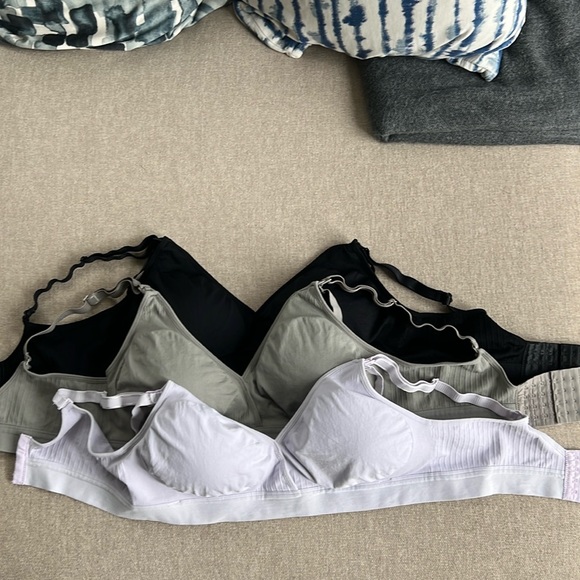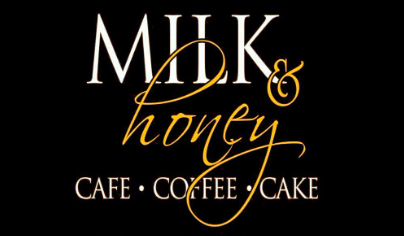Need nursing bras? What new moms should know before buying
Need nursing bras? This is one of the questions that arise in the minds of many new and expectant mothers. Nursing bras are comfortable and convenient for the nipple as well as for additional help with variable breast sizes. Some moms recommend them, but others prefer to use a regular bra or simply go without. The choice to wear a nursing bra is your body and lifestyle, as well as your feeding experience.
What makes a THEORETICAL BRA different from a regular bra
Nursing bras may look like regular bras, but they are designed with breastfeeding in mind. The main difference is an easy access – with opening cups or snap clasps, without removing your bra or with Snap Clasps that allow you to release your pump. Created using softer, more stretchy materials that can adjust to changing breast sizes during pregnancy and postpartum. Omit many styles that are uncomfortable and have the potential to cause a blockage in the ducts.
Benefits of a nursing bra for breastfeeding
Nursing bras are easy to feed everything. One-handled cups or flip-up cups allow you to quickly nurse or pump without tripping, especially at night or in public. It also facilitates comfortable eating by conveniently removing the stress of bending over clothing. For pumping moms, there are plenty of nursing bras that can be made into great free pumping bras that will save you time and effort on busy days.
Do you really need one? Situations where they help the most
A nursing bra is not essential for every mother, but many find it to make their daily life easier. Whether you’re breastfeeding throughout the day or as your breasts change size, a nursing bra is very flexible and can offer comfort. Being able to open a cup in a short amount of time is the difference between hand sores, fumbling, and sleep during nighttime feedings.
A nursing bra is comfortable and discreet for on-the-go and anytime anywhere or for pump feeding. Some nursing bras are pump bras, which are especially convenient when you plan to return to work. In such situations, the right bra is not only useful, but can actually help relieve stress and nourish you.
Comfort and support during breast changes
With pregnancy and postpartum, your breasts will always be in a state of flux; Unreliable, then thin, then full and heavy, like milk inside. A regular bra usually cannot accommodate these changes, and nursing bras are designed to accommodate the changes in your body.
Stretchy breathable fabrics move with you and wider straps and supportive bands help relieve stress on your shoulders and back. For most moms, this extra help prevents pain during long feeding or pumping days. Nursing bras minimize pinching and make it easier to manage physical changes during breastfeeding.
Can you breastfeed without a nursing bra?
Yes, you can still breastfeed without a nurse. Breastfeeding does not require a special bra, and many mothers can get by with regular bras, sports bras, or stretchy ballet flats that can be removed to access their breasts.
Nursing Bras vs Sports Bras and Stretch Bras
Breastfeeding can be done with sports bras and stretchy bras, but these are not intended to be used as such. Sports bras are firm and provide plenty of support, but tend to squeeze the breast, making it painful to lactate or wean. Stretch bras or ballet flats are loose and can be easily pulled up and down, but may not provide support for larger breasts or long-term wear.
Nursing Bras, on the other hand, strike a balance that offers comfortable access and targeted support. They come in many styles, including simple diaries and more complex ones, e.g Momcozy push-up nursing bra provides lift and shape without detracting from opening cups. Nursing bras are designed to meet the specific needs of pregnancy and breastfeeding with these features.
Budget considerations: How much to buy and when
You don’t need a drawer full of nursing bras to get started. Most moms do well with two or three in the first weeks—just enough to rotate between feedings and washing. Breast size often changes in the first months, it’s better to take it gradually than suddenly.
Most moms start out with loose fitting, stretchy ones during pregnancy or after their babies are born, and only move on to more structured nursing bras later when their sizes have already changed. This way, you will have the peace of mind that you need to spend a lot of money on bras that may not fit after a while.
What other mothers and experts recommend
The majority of mothers claim that at least one or two breast feedings are beneficial to breastfeeding, especially in the first weeks. The most common reasons they recommend them are ease of access and convenience of extra help.
Lactation consultants and postpartum specialists tend to agree that, although not mandatory, nursing bras can ease the transition to breastfeeding. They normally recommend starting with a couple and then decide if you want more. The trick is to find what works best for your body, your baby and your lifestyle.
Opinion
Nursing bras are not a necessity, but a boon to most moms as they provide comfort and ease of feeding in their daily lives. Their design gives them support during nipple changes, moments of a nursing or pumping session, or when you’re in a hurry or on the move with an added sense of security.
Every mother’s experience is unique. Some are perfectly comfortable in regular bras, sports bras, or even none at all, and that’s totally fine. The important thing is to choose the ones that feel most supported and confident. Whether you decide to buy a few nursing bras or skip them altogether, the right answer is one that helps you and your baby feel comfortable.





